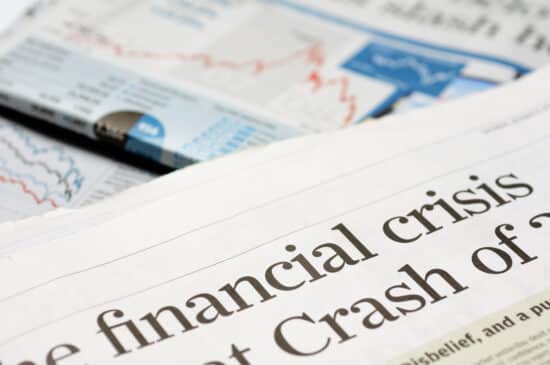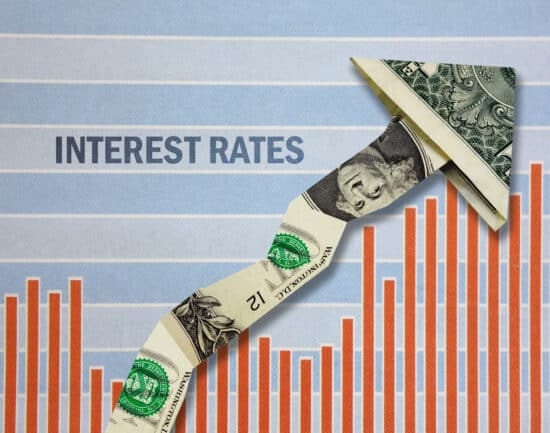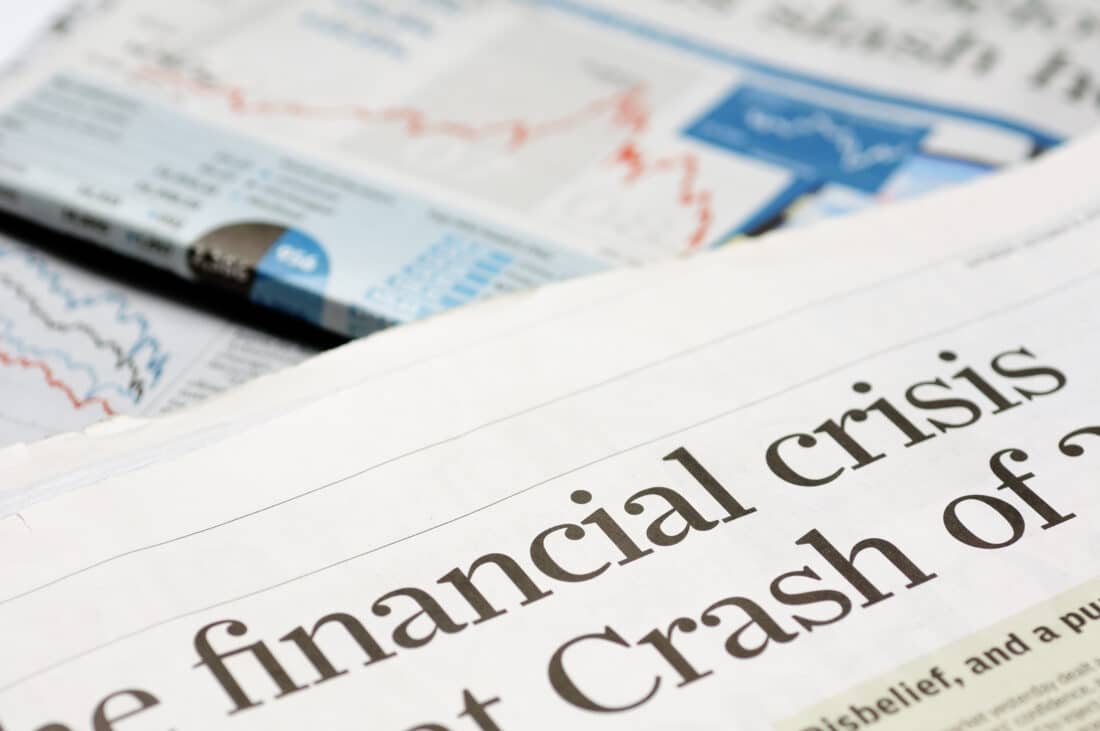
GDP - The Undisclosed Truth Behind the 3.2%
Last Friday’s GDP numbers came in way above estimates. It came in at a screaming 3.2%.
The consensus was at 2.3%. The Atlanta Federal Reserve estimated a cheery 2.8%.
The actual numbers surprised just about everyone.
But if we look beneath the surface, we get the hard data.
The data itself hides nothing. It’s transparent and open for everyone to see.
But unless you know what you’re looking at, even the most transparent data can be opaque, its meaning remaining “undisclosed.”
So what do we see behind this impressive figure?
A stockpiling of inventories.

Inventories overstocked to get ahead of tariffs.
When companies anticipate tariffs and aim to get ahead of them, they load up on inventories.
U.S. businesses amassed $32 Billion worth of inventories during Q1, and around $46.3 Billion in the previous quarter.
To companies, this accumulation is called a stockpile, to government accountants, it’s called “business investment.”
So government bean counters add it to GDP. In fact, according to the Bureau of Economic Analysis, last quarter’s inventory surge accounted for approximately 0.65 percentage points to real gross domestic product.
Take away inventories and we have 2.55% as our Q1 GDP growth.
As compared with 3.2%, 2.55% is not bad.
But if you think about what inventory accumulation implies, it’s hard not to speculate what might happen if companies have difficulties selling their inventories.
They hold on to them, and naturally, they have to cut orders to avoid any further buildup.
Of course, the drop in sales affects the entire supply chain. And this eventually spreads to the broader economy, lowering GDP.
Take it from Morgan Stanley economists: “The buildup in inventories over the past several quarters points to a large reversal in the second quarter.”
Now, they’re just talking about Q2. What about Qs 3 and 4?
But here’s something to consider: what if we removed all of the Q1 inventory and all of the contributions from the government--what happens when we look at final sales to domestic purchases?
We get an underwhelming 1.3%...a far cry from 3.2%.
Of course, there’s more to it than that.
Business consumption and investment shrunk to 1.3%, the weakest in years.
Durable goods spending sank to a 10-year low, a mere 5.3%.
Consumer spending barely budged since the previous quarter. It came in at 1.2% whereas last quarter was a stronger 2.5%.
Investment in stores, offices, factories, and oil wells was also down for the third consecutive quarter.
But investments in equipment and machinery rose...albeit a mere 0.2%.
Simply put, these kinds of numbers don’t reflect a roaring economy.
3.2% may give the appearance of strength, but the kind of strength that knowingly hides a bluff, a strength that is deceptively symptomatic of a much deeper underlying fragility.
As Oxford Economics states, the economy is “undeniably cooling.”
So what might this mean for interest rates? Chances are that it won’t happen.
Why not? Inflation is nowhere near the Fed’s 2% target based on their preferred gauge which doesn’t take into account the rise in food and energy prices.
In fact, it looks more like the Fed may even begin lowering interest rates before raising them again.
Not the best outlook despite the 3.2% GDP figure. But certainly a good outlook for gold.
The financial market is crumbling and EVERYONE will be affected. Only those who know what's going on and PREPARE will survive... dare we say thrive. Our 7 Simple Action Items to Protect Your Bank Account will give you the tools you need to make informed decisions to protect yourself and the ones you love.











